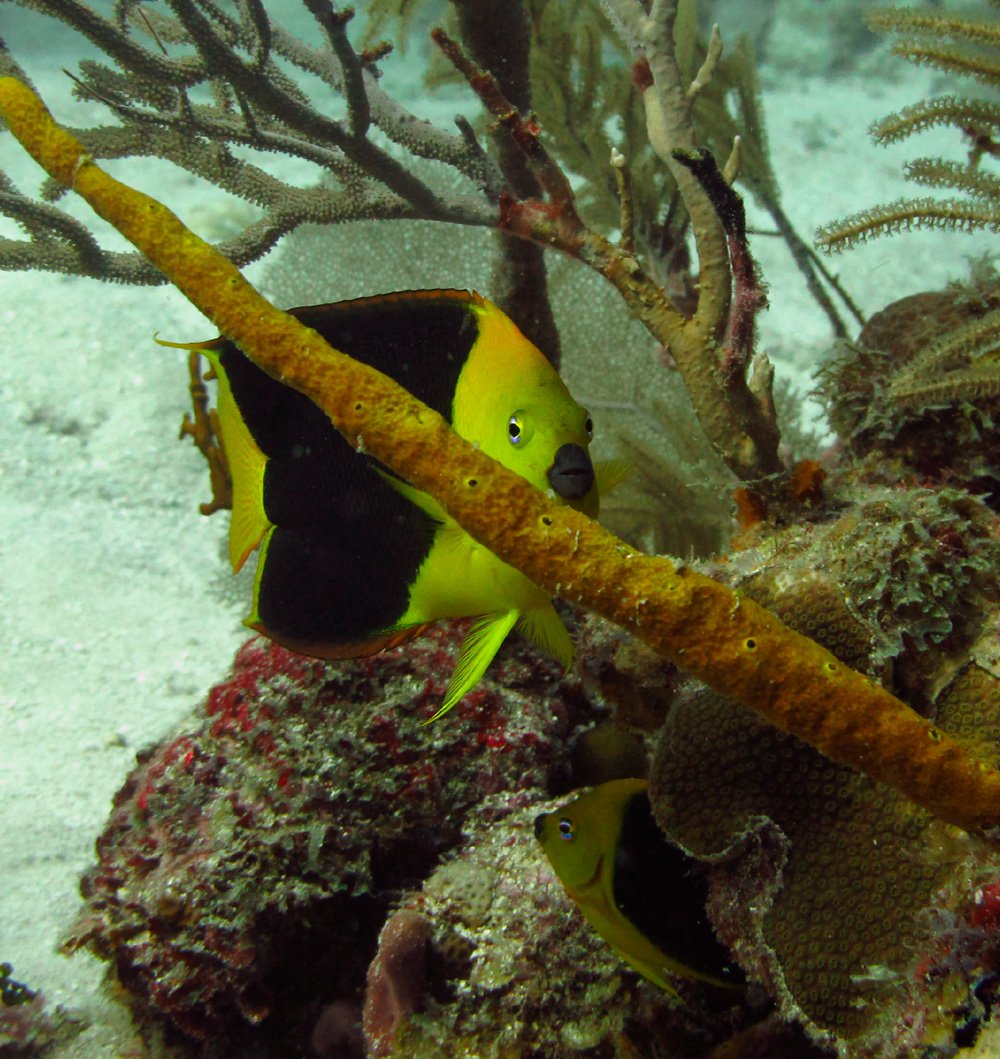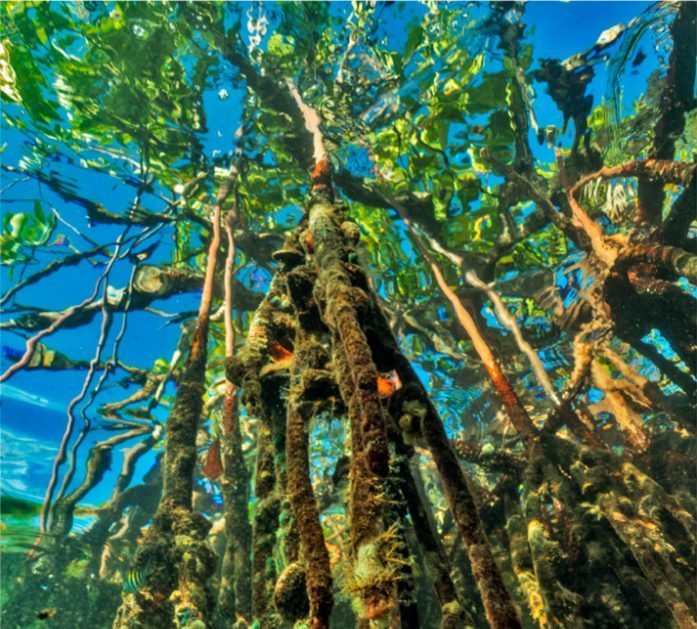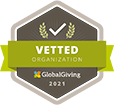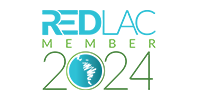
Photo: The Ocean Agency
Introduction
The Mesoamerican Reef (MAR) System is the largest transboundary coral reef, shared between Mexico, Belize, Guatemala, and Honduras, and the largest in the Atlantic Ocean. It is an ecoregion of biological, economic, social, and cultural importance. It has 67 coastal and marine protected areas (CMPAs) distributed as follows: Mexico, 23; Belize, 25; Guatemala, 8; and Honduras, 11.
Effectively managed CMPAs are one of the best tools for conserving natural resources and ecological processes and reducing threats, which allows for generating development opportunities for local communities. Approximately 72% of the region’s reefs and slightly more than half of the mangrove areas are within protected areas. CMPAs supply water, are habitat for numerous species, reduce the impact of natural disasters, and protect traditional ways of life and cultural and spiritual values, among other goods and services.
To better conduct support to the MAR region, MAR Fund facilitated two regional CMPA prioritization exercises. The first exercise, in 2007, resulted in 14 priority areas (4 in Mexico, 4 in Belize, 2 in Guatemala, and 4 in Honduras). The second exercise (2016) had 14 more protected areas distributed in the same way.

Photo: Elisa Areano

Photo: Fundación Albatros
Within the framework of the Saving Our Protected Areas program, MAR Fund implemented, during the 2012-2020 period, the Project “Conservation of Marine Resources in Central America” Phases I and II, carried out in nine priority CMPAs, with the financial contribution of the German Cooperation through the KfW. The German Cooperation has granted a new financial contribution to implement the Project “Protection of Maritime Resources in Central America III” (Phase III), which aims to maintain the continuity of the experiences of Phases I and II, for a 5-year period.
Phase III will be developed through two calls for proposals addressed to the managers and co-managers of the CMPAs of the MAR. The first call for proposals will be addressed to the 14 CMPAs selected in the second regional prioritization exercise, and the second call for proposals will be addressed to all the CMPAs of the MAR (except for the areas whose proposals have been selected in the first call for proposals) and will seek joint proposals for at least two CMPAs.
The objective of Phase III is the conservation and sustainable use of natural resources in and between the coastal marine protected areas of the Mesoamerican Reef System. Its compliance is measured through three indicators:
- Indicator O1: Area in hectares with better conservation1 ,
- Indicator O2: Area of relevant ecosystems with more sustainable use2 and
- Indicator O3: Number of initiatives that support the adaptation of populations vulnerable to climate change.
[1] The criterion for a more effective conservation is the application of measures to improve biodiversity monitoring, control, and surveillance measures, or ecosystem restoration measures.
[2] Relevant ecosystems in the MAR include coral reefs, mangrove forests, and seagrasses.
Through the implementation of Phase III, it is intended to achieve three results:
- Result 1: The CMPAs have better conditions for the conservation of their natural resources,
- Result 2: Measures implemented for the sustainable use of the natural resources of CMPAs with the participation of the local population, and
- Result 3: Strengthened cooperation among key stakeholders for biodiversity conservation in the MAR.
Compliance with these results will be measured through seven indicators:
- Indicator R1.1: Number of CMPAs implementing best conservation practices,
- Indicator R1.2: Number of people involved in the management of CMPAs with enhanced capabilities,
- Indicator R1.3: Number of selected CMPAs with at least 75% of management effectiveness,
- Indicator R2.1: Number of natural resource use plans developed with the local population under implementation,
- Indicator R2.2: Number of people directly supported by the project who benefit from the sustainable use of natural resources,
- Indicator R3.1: Number of exchange events organized by MAR Fund of which the results were published,
- Indicator R3.2: Number of joint initiatives between CMPAs implemented within the framework of the Project.
- First Call for Proposals
- Mexico
- Belize
- Guatemala
- Honduras
- Second Call for Proposals
- Mexico
- Belize
- Guatemala
- Honduras
MAR Fund implements measures and actions to ensure that the Project is executed in accordance with the KfW Sustainability Guidelines. To this end, it complies with the Environmental and Social Commitment Plan (ESCOP).
MAR Fund has developed and implemented, since 2022, an Environmental and Social Management System (ESMS) https://marfund.org/en/esms/ under international standards. The purpose of the ESMS is to assess the risk of projects to avoid or minimize adverse environmental and social impacts, and to enhance positive impacts. The ESMS includes a grievance mechanism that can be found at the following link: https://marfund.org/en/esms/#grievance.





